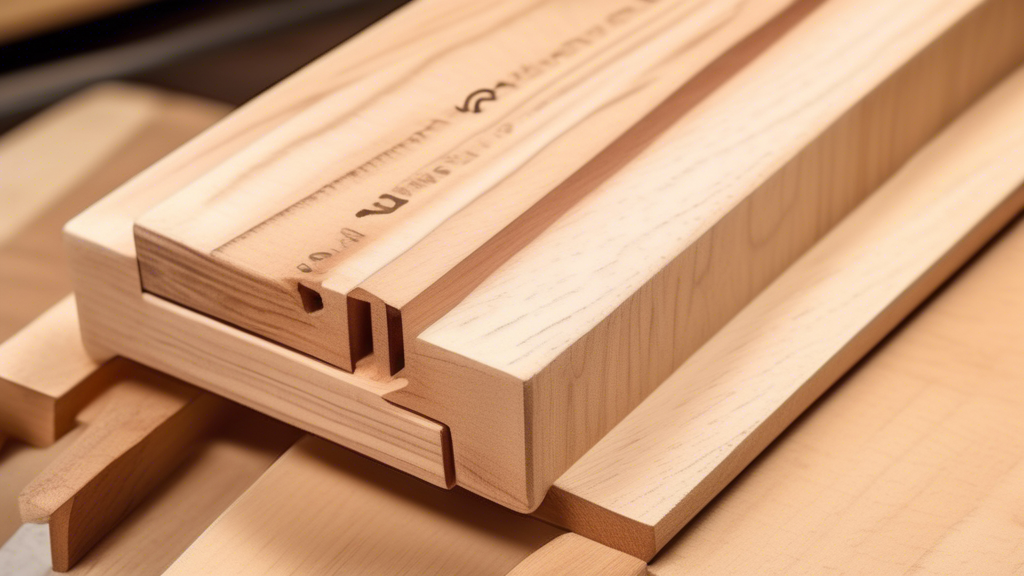
Beginner's Guide to Woodworking Joints
Share
Unlocking the World of Woodworking Joints: A Beginner's Journey
Welcome, fellow woodworking enthusiast! If you're just dipping your toes into the world of woodworking, one of the key skills you'll need to master is understanding different woodworking joints. Don't worry if the terminology sounds intimidating at first - we'll break it down in a way that's easy to understand and apply to your projects.
What Are Woodworking Joints?
Think of woodworking joints as the glue (pun intended!) that holds your wood projects together. These joints are essential for creating strong, durable, and visually appealing pieces, whether you're crafting a simple shelf or a complex piece of furniture.
Common Types of Woodworking Joints:
Let's dive into some of the most common woodworking joints that you'll encounter as a beginner:
- Butt Joint: This is the simplest joint where two pieces of wood are joined together at their ends.
- Dovetail Joint: Known for its strength and decorative appeal, the dovetail joint features interlocking pins and tails.
- Miter Joint: Created by cutting two pieces of wood at an angle and joining them together to form a corner.
- Half-Lap Joint: In this joint, half of each piece of wood is removed so that they can be joined together flush.
Choosing the Right Joint for Your Project
Each type of joint has its unique strengths and weaknesses, so selecting the right one depends on the project at hand. Consider factors like the intended use of the piece, the aesthetics you're aiming for, and your skill level when choosing a joint.
Practical Tips for Working with Woodworking Joints
As you embark on your woodworking journey, here are some practical tips to keep in mind:
- Practice Makes Perfect: Don't be disheartened if your first few joints aren't perfect. Like any skill, mastering woodworking joints takes practice.
- Invest in Quality Tools: Having the right tools can make a world of difference in the precision and quality of your joints.
- Measure Twice, Cut Once: A golden rule in woodworking that can save you from costly mistakes.
- Seek Inspiration: Look for inspiration in woodworking magazines, online forums, and even nature to spark your creativity.
Embrace the Journey
Remember, woodworking is as much about the process as it is about the end result. Embrace each project with curiosity and a willingness to learn from both successes and failures. Your journey as a woodworker is just beginning, with limitless opportunities to explore and create beautiful, functional pieces with your own two hands.
Related Posts
-

Small Bathroom Waterproof Storage Ideas
In a small bathroom, you've got to get creative with waterproof storage solutions to keep things organized and dry. C...
-

Modern Open-Shelf Bathroom Cabinet Designs
Modern open-shelf bathroom cabinet designs effortlessly combine style and functionality, creating an inviting space. ...
-

Unleash Your Creativity: Cricut Projects Galore
Ignite your creativity with a Cricut machine, where beginners can start with fundamental projects like vinyl decals a...


